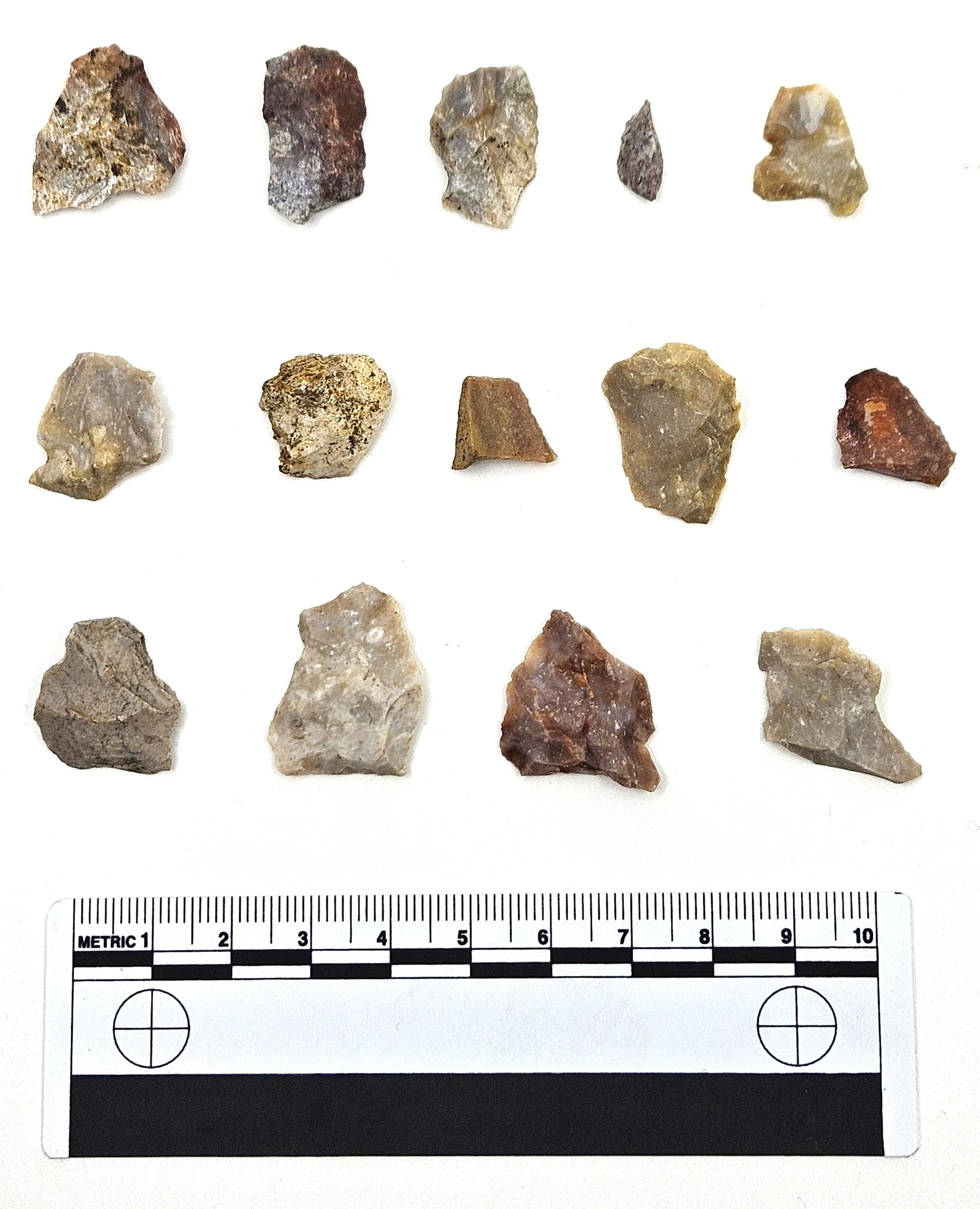An Intensive Phase I Archaeological Survey of the Proposed Gish Property New Single-Family Homes off Thornton Road, Letcher County, Kentucky
This survey project in the mountains of eastern Kentucky was performed for the Federation of Appalachian Housing Enterprises on behalf of Housing Oriented Ministries Established for Service, Inc. who planned to construct up to 10 single-family homes in order to comply with the requirements of the National Environmental Policy Act and Section 106 of the National Historic Preservation Act. During this exciting survey our crew found evidence of “truck mining” operations dating to the Second World War and immediate post-war years. These small coal operations were part of the war effort. Small mines using only human and animal muscle power took advantage of deposits deemed unrecoverable by larger coal operations because of their location away from railroad spurs or their thinness. Three mine locations were identified, all of the entrances were collapsed, and all that remained to indicate they were there are terraces on the hillsides above and below and the access roads to the paved road nearby.
Phase II Testing Within the Southern Portion of 15MM188, Montgomery County, Kentucky
A Phase II site evaluation of 15MM188 was performed for Jemstar Properties at the request of the Kentucky State Historic Preservation Office after the intensive Phase I survey produced an abundance of artifacts but none that were helpful for dating the site, as well as a number of burned stone artifacts that suggested hearths, or other “thermal features,” might be present. Because of the potential for sources of important information may yet remain, test excavations were conducted to expose them and recover artifacts to help shed light on the pre-contact Native American cultures that occupied the site. Excavation did not produce artifacts associated with known Native American cultures, nor were any features found. In fact, excavations showed that the site was so heavily and deeply plowed that no intact soils above the clay remain, and so badly damaged that it is not eligible for listing on the National Register of Historical Places. This finding allowed our client to proceed with construction. While we didn’t find “cool” spearpoints or arrowheads, we did find small flake tools or “utilized flakes.” These were used for a short time and discarded once the task they were selected for was completed. Inspection under a microscope revealed chipping and scratches indicating most were used for scraping medium to hard materials like green and seasoned wood and bone. A few were used in cutting and slicing soft materials like green vegetation, fresh hides, and meat.


